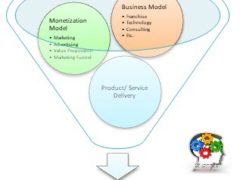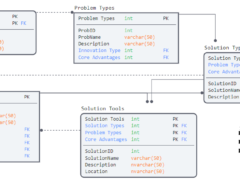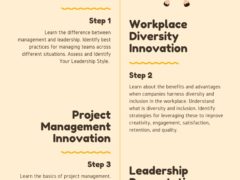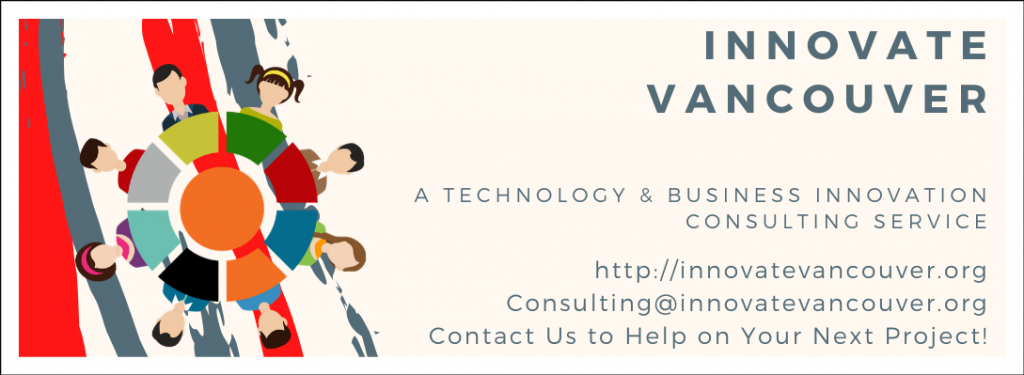Monetization models are directly tied to the company’s business model. The business model’s building blocks form the foundation of the business’ logic. They support the ideation, development, delivery, and evaluation of the monetization model. This is done in the pursuit of continuous improvement. Without the business model, the monetization model’s sustainability is threatened.

The business model includes the eight building blocks identified in the image above. The monetization model is most often affiliated with the model’s channels, cost structure, value proposition, and revenue streams.
The remaining building blocks include key partners, activities, customer resources, and customer segments. They represent the targeted market or industry. These blocks also cover the product or service development network and activities that produce the value proposition.

Each internal touchpoint (input) has a specific role. It supports and delivers the external touchpoints (output). These outputs represent the customer’s value proposition. They are also part of the company’s monetization model.
Each component of both models is implemented together in delivering the value proposition. The customer is purchasing the solution explained by the company’s product/ service value proposition with both depending on the business model in order to ensure it is:
The solution offered by the company’s product/service is often not perceived. This occurs unless the value proposition meets the criterion identified above. The marketing of the value proposition is often delivered through the customer acquisition funnel (or marketing funnel).

The customer acquisition funnel includes a series of products, services, and steps. These strategies are deployed from the business model. Their sole purpose is to increase customer interest. The structure, and elements, of the customer acquisition funnel, will depend on the company’s industry, markets targeted, and customer demographics.
The marketing funnel relies on the business model components. These components make up the monetization model. They depend on the foundation established by the remaining four components (activities, segments, partners, and resources) to sustain quality. The relationship between the first half of the business model and the second half is symbiotic. The second half represents the monetization model. Sustainable revenue cannot exist without it.
The following spreadsheet depicts how each of the models overlap: Business, Monetization, and Customer Acquisition Funnel.
| Business Model | |||
| Monetization Model | |||
| Customer Acquisition Funnel | |||
| Key Partners | x | ||
| Key Activities | x | ||
| Customer Segments | x | ||
| Key Resources | x | ||
| Cost Structure | x | ||
| Revenue Streams | x | ||
| Channels | x | ||
| Value Proposition | x | ||
| Products | x | ||
| Services | x | ||
| Customer Engagement | x |
A simplified monetization model may look at sustainability from the following touchpoints:
- I sold a product
- How do I sell more product
- What is my profit?
But………without considering:
- Activities: What activites were needed to develop this product?
- Partners: What partners were needed to build and deliver this product?
- Customers: What customers are served with this solution?
- Resources: What resources are needed? Budget?
- Cost: What is the cost structure for this product? How can we make this profitable?
- Revenue: What revenue streams are available? What channels will be used to promote/market/sell this product?
- Value: What problem is being solved? (What customers?)
The business model’s components do not work in isolation. Supporting ongoing integration of efforts requires a leader, and continuous improvement. The value proposition is not a ‘one size fits all’ solution.

Effective monetization models must adapt to changing customer needs. They should also adjust to project requirements and environmental impacts on problem definition. Successfully selling a product once does not guarantee a second sale. An adaptive, and informed business model is required. Scalable and modularised solutions are a popular strategy to support business model agility.
Revenue does not occur in a vacuum.
Sustainable revenue is dependent on a thoughtfully constructed business and monetization model. This architecture must align with the company’s value proposition. It should also coordinate with the product/service offerings and customer demographics. The visible, and often final, touchpoint between the business and the customer (B2C) is not everything needed for success. It represents only a small portion of a successful business.
Travis Barker, MPA GCPM
Innovate Vancouver
Innovate Vancouver is a Technology and Business Information Consulting Service (TBICS) located in Vancouver, BC. Contact Innovate Vancouver to help with your new project. Innovate Vancouver also gives back to the community through business consulting services. Contact us for more details.





